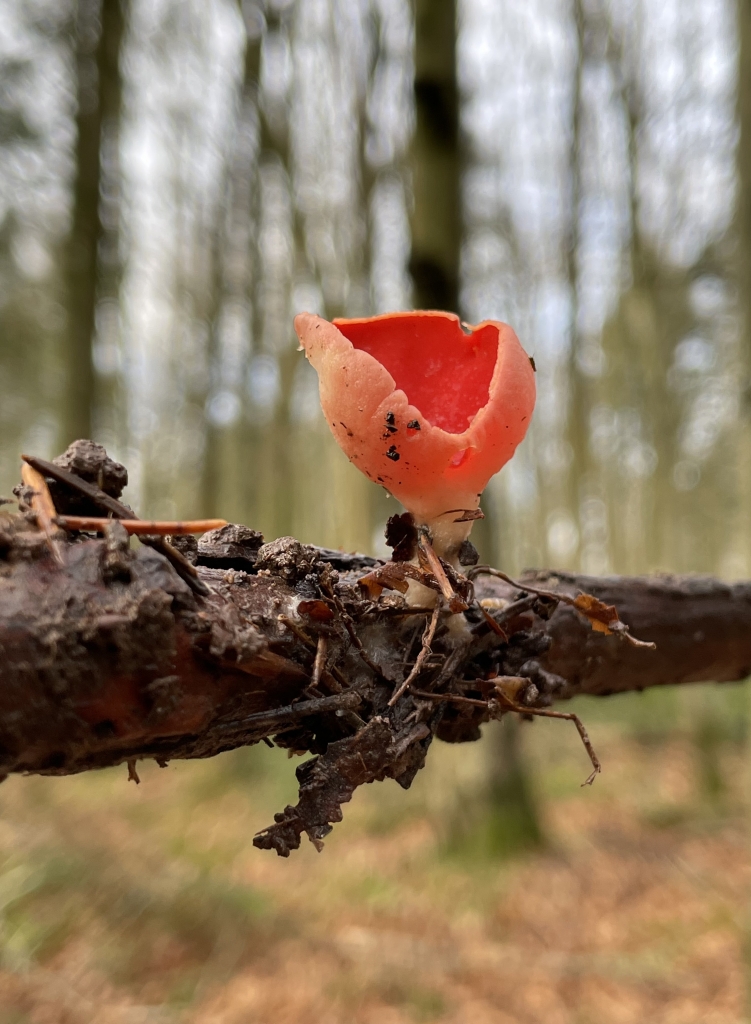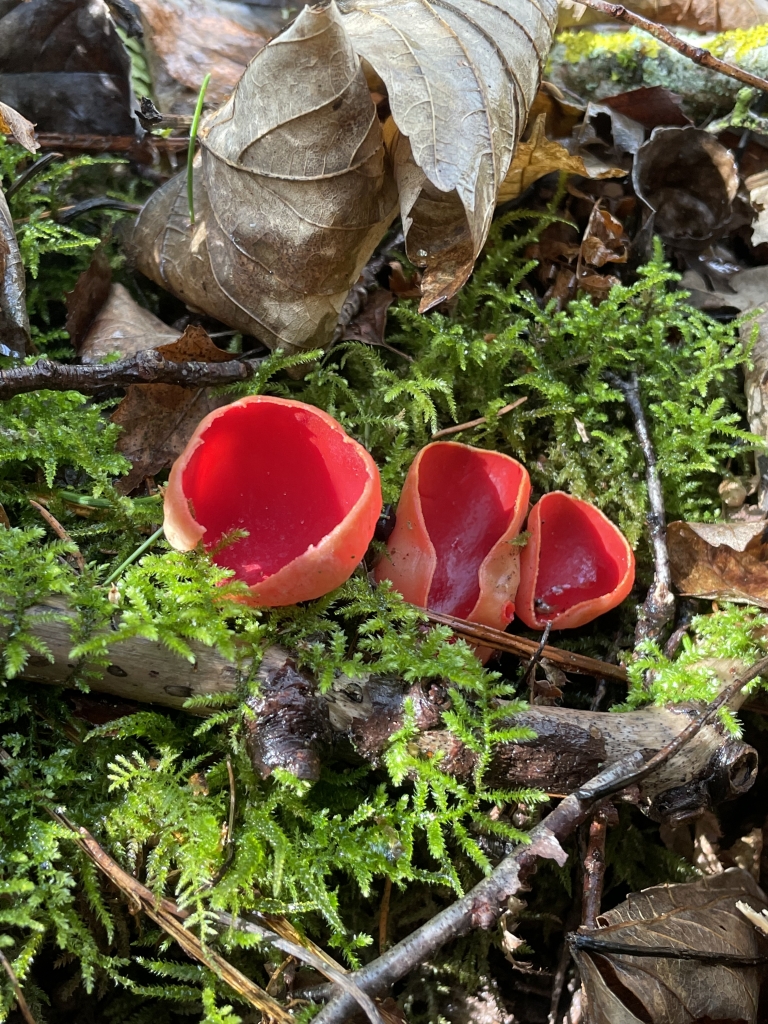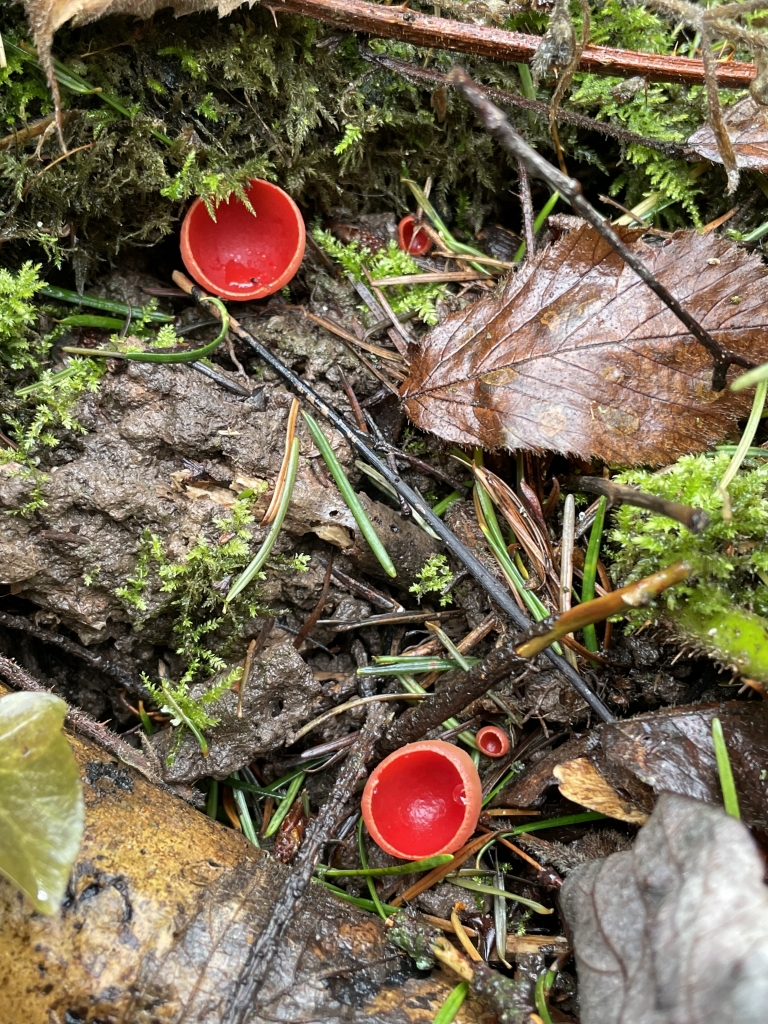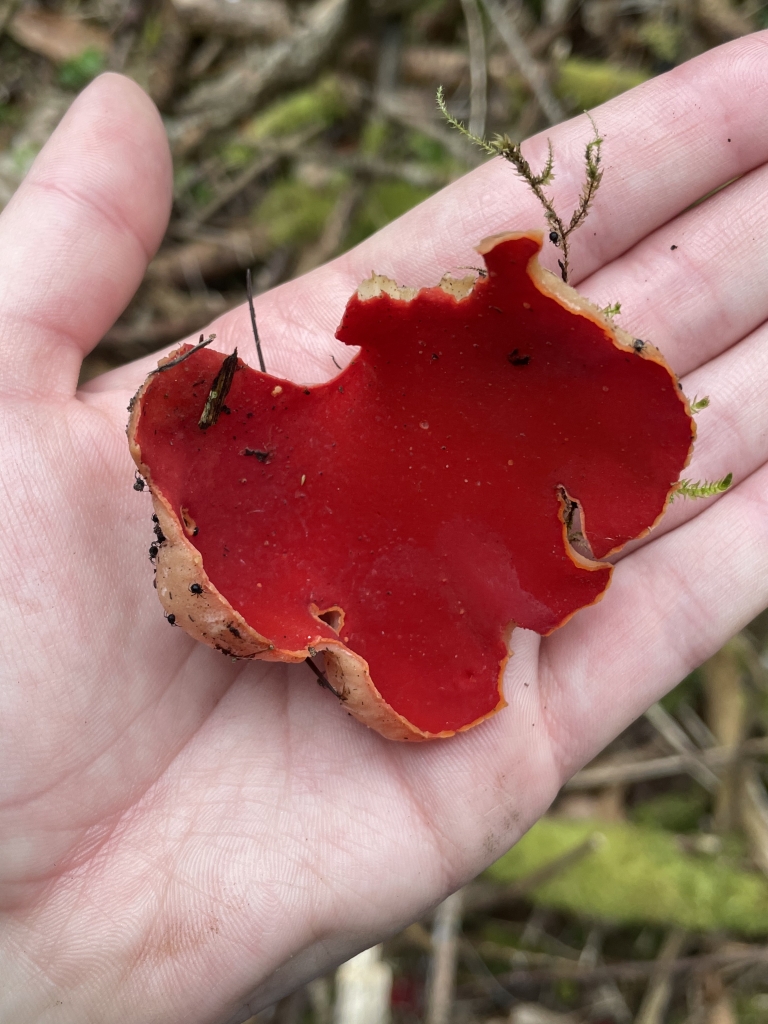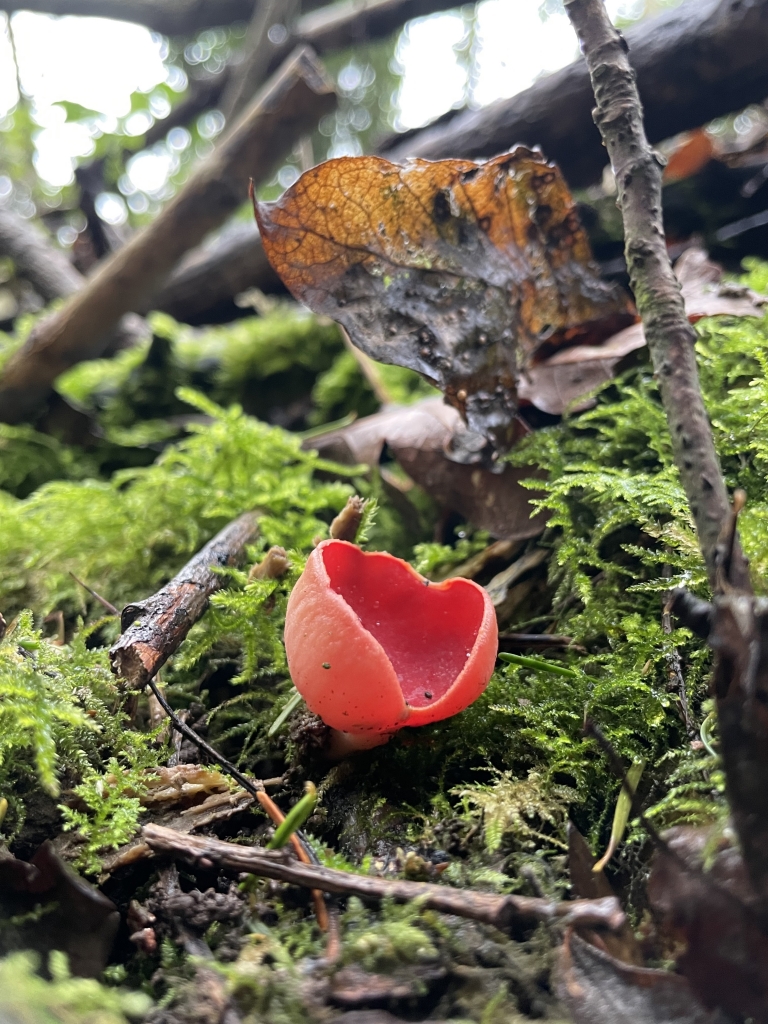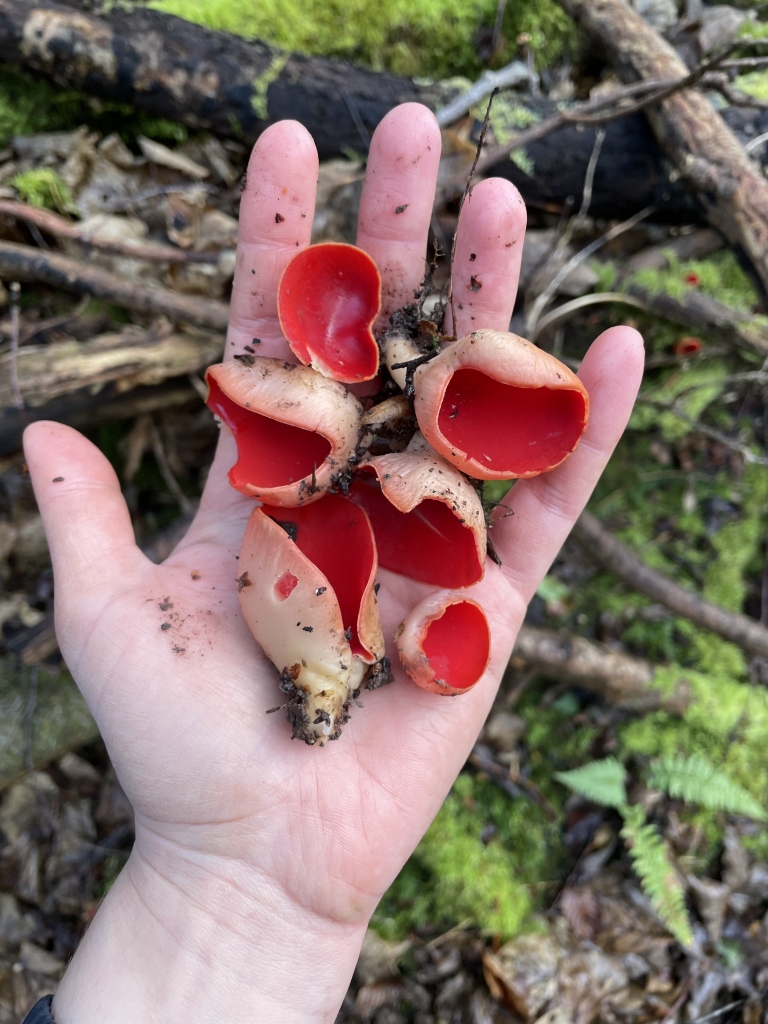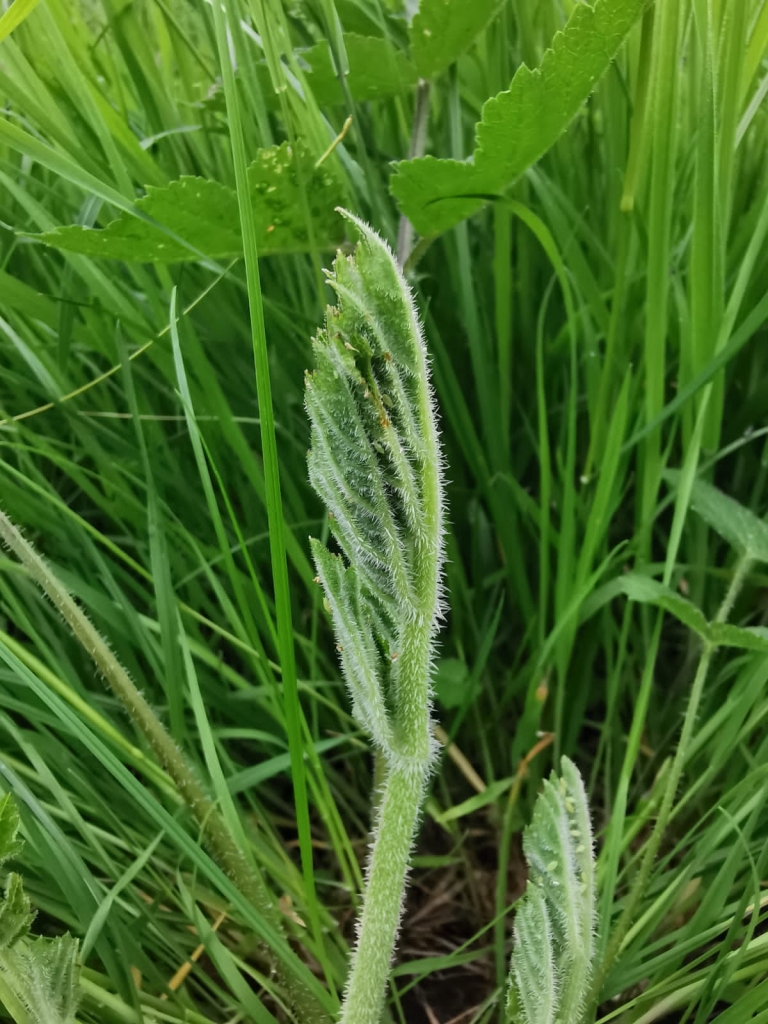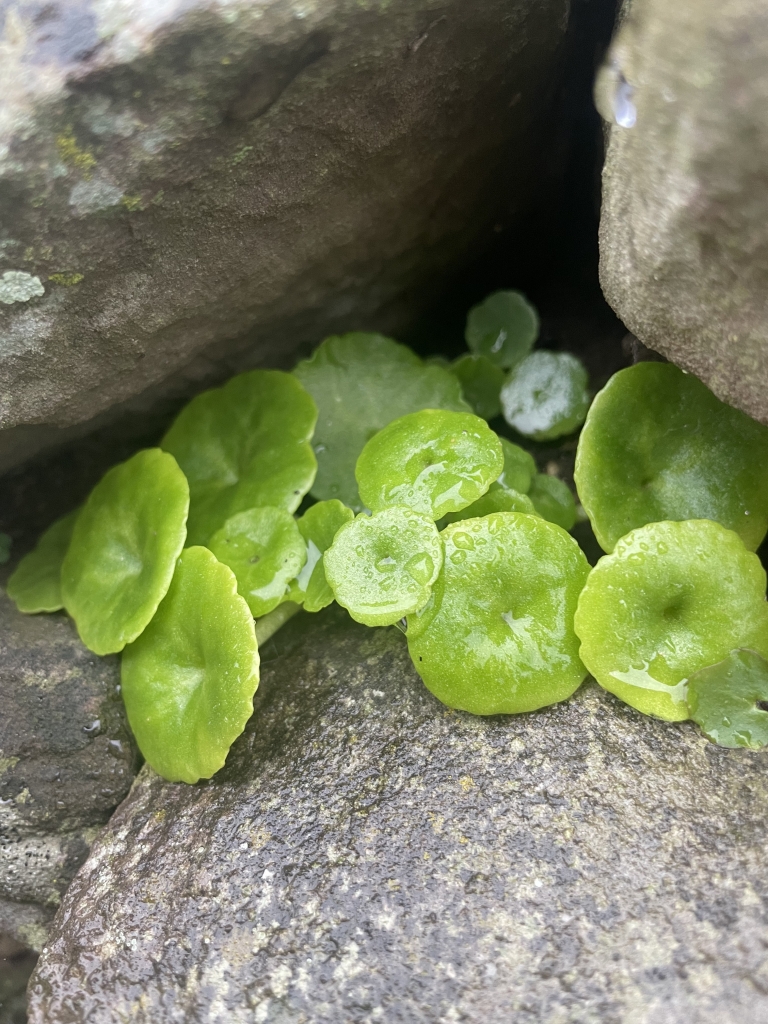Foraging in February 2022
Posted on 28th February 2022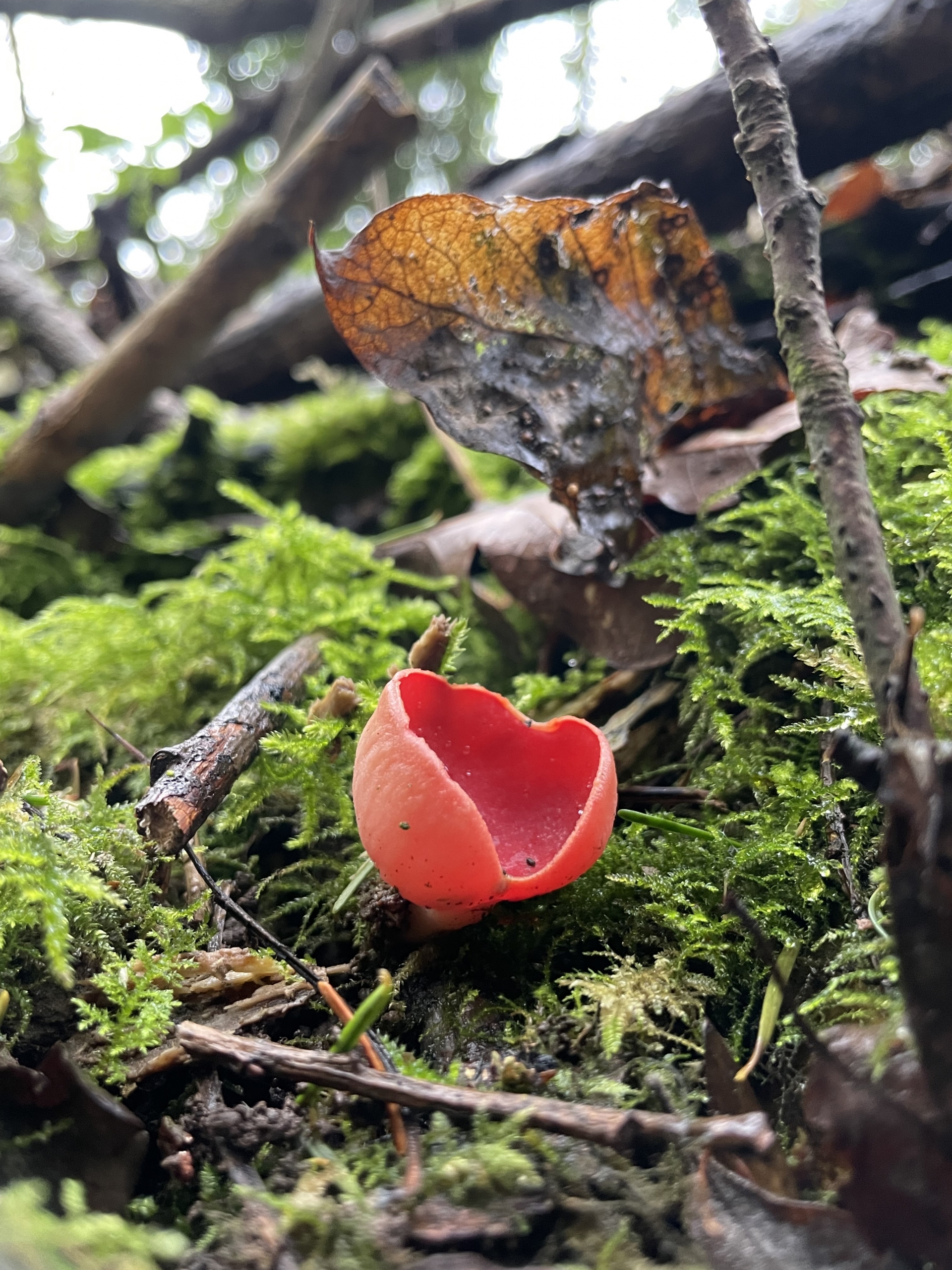
F E B R U A R Y
Foraging in February: Here are a few of the edibles that we’ve found this month
February gave an early taste of spring this year. We are seeing a very mild winter here in the midlands and have noticed many different plants and mushrooms popping up around us.
Dine out on mother nature’s delicious treats with some fantastic plants shooting at the moment. Wild garlic, common hogweed shoots and scarlet elf cups are among some of the foraging favourites being spotted right now.
Here’s a few things that have made their way onto our plates in February. What have you been spotting at the moment? Let us know in the comments below.
Why don’t you have a go a spotting a few of these yourselves
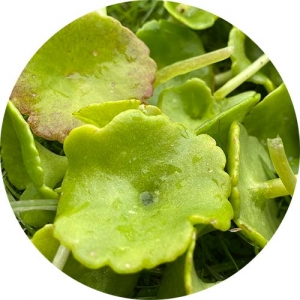
Scientific name: Umbilicus rupestris
This plant is often referred to by its common names as; Pennywort, Navelwort, Wall Pennywort and Penny Pies.
This fairly common plant makes a lovely addition to any salad with its succulent, delicate flavour and can be found often in damp rock crevices and shady walls. We found some growing outside on an old stone wall while walking this week.
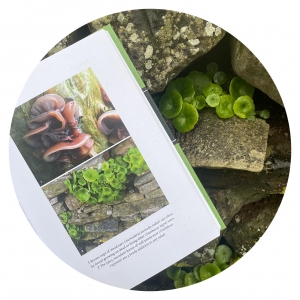
Our Foraging Field Journal in action! We use ours to jot down where and when in the year we find an edible plant.
Click Here to get yours today
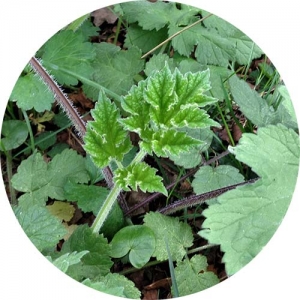
Common Hogweed (shoots)
Scientific name: Heracleum sphondylium
One of our favourite spring finds however, please exercise caution while identifying this plant, with a possible confusion being Giant Hogweed (Serious Irritant)
*Please do not pick unless 100% sure you know you have the correct plant*
The edible parts on this plant are the young shoots and leaves and the unopened flower heads and seeds. These plants can be found in almost every field and hedgerow in the country.
Common Hogweed:
Don’t be scared when identifying, be informed.
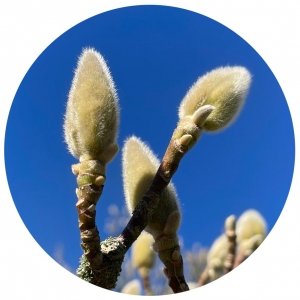
There are many varieties of magnolia and all of which vary in taste. These trees are budding at the moment and we are excited for the flowers to blossom.
There are many ways you can use this plant some of which include herbal teas, making syrups, pickling, using the petals in salads or dried & ground into spice.
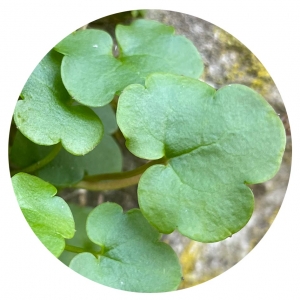
Scientific name:Cymbalaria muralis
This rather unusually named trailing plant has stems and leaves carrying a reddish tinge. This plant can be found growing on pavements, on wall surfaces and stony places.
Not the tastiest of plants so we don’t tend to collect this very often but it’s a good survival food and a useful plant to be able to identify.
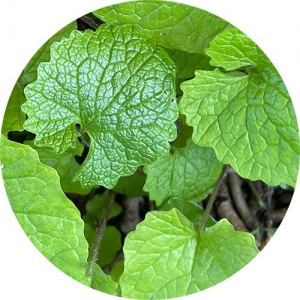
Scientific name: Alliara petiolate
Great for a salad, easy to identify for a novice forager and widespread. Found in hedgerows, woodland, shady scrub and path edges.
Hedge garlic is biennial & in its 1st years growth the leaves grow in small, ground level rosette with broad heart shaped leaves. In its second year a spike grows from the rosette & the leaves are more arrow head shaped with serrated edges.
Why not have a taste and try this plant in a tasty spring salad or as a leafy green substitute for a tortilla wrap.
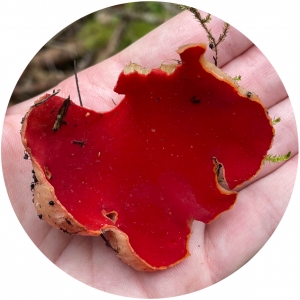
Scientific name: Sarcoscypha austriaca
Anyone following our social media @foragingshop will know that we’ve been spying these mushrooms all month. From just peeking through the leaf litter in January to now seeing them in their prime ready to pick.
A tasty little mushroom when fried in a pan with butter and quite commonly found growing on dead wood (hazel) and amongst leaf litter.
These mushrooms can be found from November through to April. Look out for their vivid red caps which are cup shaped, flattening out to a shallower disc.
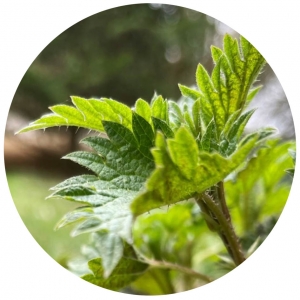
Scientific name: Urtica dioica
Stinging Nettles are also referred to as Burn hazel and can be found all year round. This is a very common and easy to identify plant that has many fantastic uses. Nettles are superfood rich in vitamins, minerals, fatty acids and carotinoids.
The young tops have a mild, neutral flavour and can be added for their health benefits to soups and stews, without changing the dishes flavour. We advise that nettles should not be eaten once the plant is in flower.
Happy foraging everyone!
If you’d like to know a little more about our finds please head over to our sister site, Wild Food UK to see their very helpful mushroom and hedgerow guides
*please note that photos vary to every hedgerow*.
Please let us know if you need any assistance or information and remember to stay safe and never eat anything unless you’re 100% sure it is safe to do so.
Don’t forget to follow us on our social media pages
Instagram @foragingshop @wildfooduk
